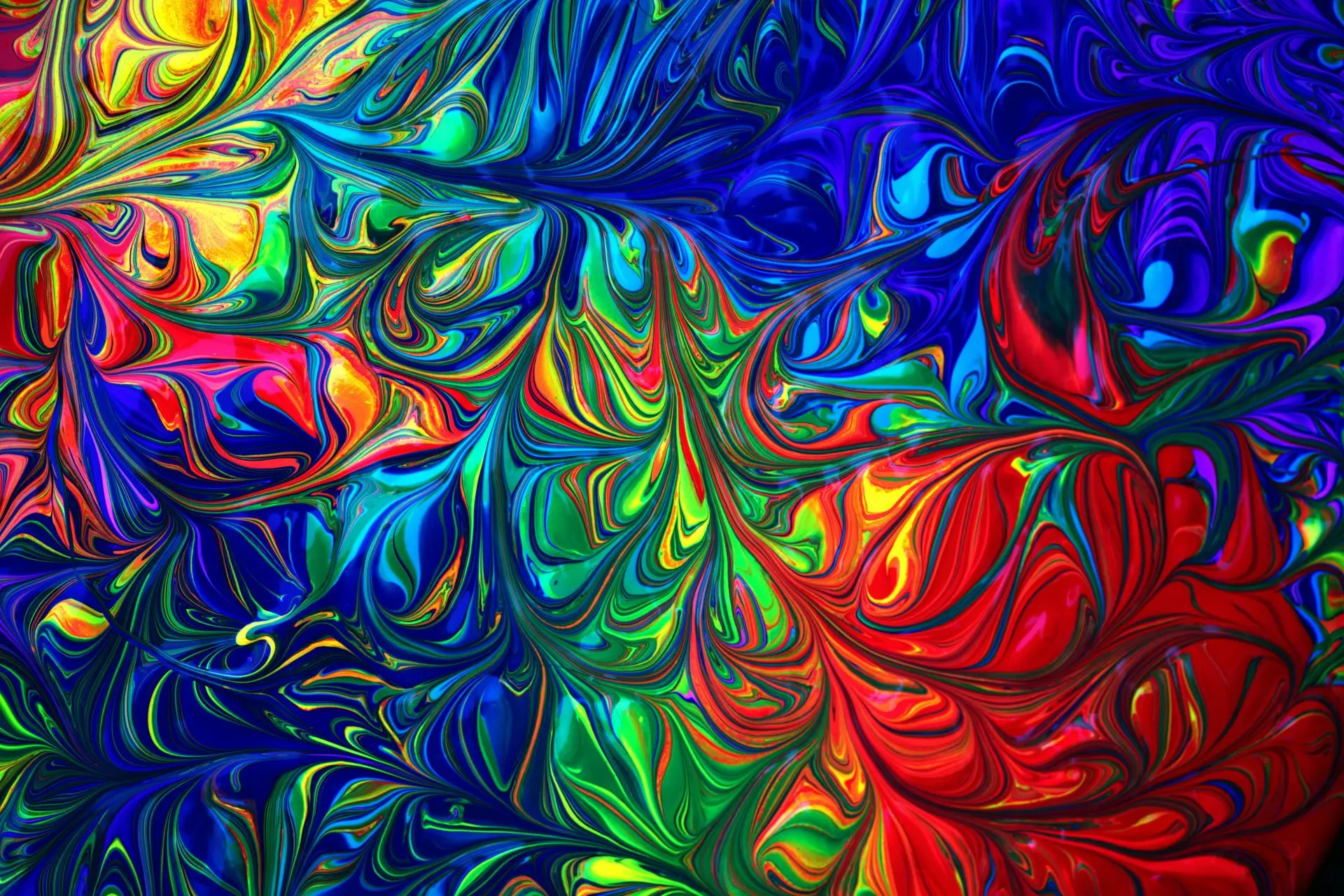The Vai Script: Liberian Writing System with Mythic Roots

Looking for more amazing products? Check out our online store and explore our collection here! Happy shopping!
Before diving in, please note: This post is for informational purposes only. If you’d like to know more about how we approach topics, feel free to check out our friendly Disclaimer Page.
Hey there, amazing readers! 
We’re committed to delivering quality posts, and your support (even just sticking around despite the ads) means everything to us. So, bear with us, and thanks for helping us keep the good vibes rolling. Now, on to the fun stuff!
TRANSLATE BUTTON AT THE END OF THE ARTICLE
The Vai Script: Liberian Writing System with Mythic Roots
Overview
The Vai script is a unique writing system that originated in Liberia.
It is a syllabic script that has its roots in the mythic traditions of the Vai people.
The script is not only a means of communication but also serves as a symbol of cultural identity for the Vai community.
This article provides an in-depth exploration of the Vai script, including its history, structure, unique features, cultural significance, and challenges faced in its preservation.
Additionally, it highlights the role of the Vai script in education and discusses efforts to promote and revitalize its usage.
Introduction to the Vai Script
The Vai script, also known as "Vai syllabary," is a writing system used by the Vai people of Liberia.
It consists of symbols that represent syllables rather than individual sounds.
The script has a total of 213 characters, each of which represents a combination of a consonant plus a vowel sound.
This makes it distinct from alphabetic systems that represent individual sounds.
The Vai script is written from left to right, and each character is connected to form words and sentences.
The Origin and History of the Vai Script
The Vai script has a fascinating origin steeped in mythology.
According to Vai oral tradition, the script was developed by a man named Momolu Duwalu Bukele from the Kingdom of Koya.
Bukele was believed to have received divine inspiration from a female deity named Niama.
He then used this inspiration to create the Vai script in the early 19th century.
The script quickly gained popularity among the Vai people and became an integral part of their cultural and religious practices.
Structure and Characters of the Vai Script
The Vai script is organized in a grid-like structure.
It consists of syllabic characters arranged in three rows and seven columns.
The rows represent different vowels, while the columns represent different consonants.
By combining these vowels and consonants, syllables are formed.
Each character represents a specific syllable, and there are no separate symbols for individual sounds.
The script includes a range of diacritics and modifiers to denote tonal variations and additional sounds.
The Unique Features of the Vai Script
One of the unique features of the Vai script is its ability to represent tonal variations.
It incorporates diacritical marks to indicate different tones, allowing for accurate pronunciation.
Additionally, the script includes symbols for numbers, punctuation marks, and other special characters, making it a comprehensive writing system.
The Vai script’s syllabic nature also contributes to its uniqueness, as it allows for a more efficient writing system compared to purely alphabetic scripts.
The Role of the Vai Script in Liberian Culture
The Vai script holds immense cultural significance for the Vai community.
It is not only a means of communication but also a symbol of cultural identity.
The script is used for writing religious texts, historical accounts, personal correspondence, and everyday communication.
It plays a crucial role in preserving and transmitting Vai traditions, myths, and cultural heritage.
The Vai people take great pride in their script, considering it a source of cultural pride and a connection to their ancestors.
Vai Script as a Symbol of Cultural Identity
The Vai script serves as a powerful symbol of cultural identity for the Vai people.
It distinguishes them from neighboring communities and reinforces their unique heritage.
The script is taught in Vai community schools, where it plays a central role in language and cultural preservation.
It also serves as a reminder of the Vai people’s rich history and their resilience in maintaining their traditions despite external influences.
The Use and Spread of the Vai Script in Liberia
Although the Vai script originated among the Vai people, it has gradually spread beyond their community.
Over time, other ethnic groups in Liberia have adopted the script for their own languages.
This has led to the Vai script becoming a symbol of national unity and linguistic diversity in Liberia.
Today, the script is used to write several languages, including Vai, Kpelle, Gola, and Loma, among others.
Challenges and Preservation Efforts for the Vai Script
Despite its cultural significance, the Vai script has faced challenges in its preservation and continued usage.
The introduction of the Latin alphabet during Liberia’s colonial period led to a decline in the use of the Vai script.
Additionally, limited educational resources and the lack of standardized teaching materials have hindered its widespread usage.
However, there have been various preservation efforts, including the establishment of Vai literacy programs, the creation of digital fonts for the script, and the development of educational materials to promote its usage.
The Significance of the Vai Script in Education
The Vai script plays a crucial role in education among the Vai community.
It is taught in schools, enabling children to learn their native language and cultural traditions.
The script helps preserve indigenous knowledge and fosters a sense of pride in Vai heritage.
Furthermore, the inclusion of the Vai script in educational curricula promotes linguistic diversity and encourages multilingualism in Liberia.
Promoting and Revitalizing the Vai Script
Efforts to promote and revitalize the Vai script have been ongoing.
Organizations and individuals are working towards raising awareness about the script’s cultural importance and providing resources for its learning and usage.
Initiatives include the development of Vai script apps, the establishment of Vai script typographies, and the integration of the script into digital platforms.
These efforts aim to ensure the continued usage and recognition of the Vai script in both traditional and modern contexts.
Conclusion: The Legacy and Future of the Vai Script
The Vai script stands as a testament to the cultural heritage and linguistic diversity of Liberia.
With its mythic roots and unique structure, the script plays a vital role in preserving the traditions, history, and identity of the Vai people.
While facing challenges in its preservation, efforts to promote and revitalize the script are promising.
The Vai script’s legacy will continue to thrive through educational initiatives, technological advancements, and a growing recognition of its importance in the broader Liberian society.
As the Vai script perseveres, it remains a symbol of pride, cultural resilience, and a vibrant connection to the past for the Vai people and beyond.

The Enlightenment Journey is a remarkable collection of writings authored by a distinguished group of experts in the fields of spirituality, new age, and esoteric knowledge.
This anthology features a diverse assembly of well-experienced authors who bring their profound insights and credible perspectives to the forefront.
Each contributor possesses a wealth of knowledge and wisdom, making them authorities in their respective domains.
Together, they offer readers a transformative journey into the realms of spiritual growth, self-discovery, and esoteric enlightenment.
The Enlightenment Journey is a testament to the collective expertise of these luminaries, providing readers with a rich tapestry of ideas and information to illuminate their spiritual path.
Our Diverse Expertise
While our primary focus is on spirituality and esotericism, we are equally passionate about exploring a wide range of other topics and niches 

To ensure we provide the most accurate and valuable insights, we collaborate with trusted experts in their respective domains 
Our blog originally focused on spirituality and metaphysics, but we’ve since expanded to cover a wide range of niches. Don’t worry—we continue to publish a lot of articles on spirituality! Frequently visit our blog to explore our diverse content and stay tuned for more insightful reads.
Hey there, amazing reader! 
Check out our store here and take a peek at some of our featured products below! Thanks for being awesome!












